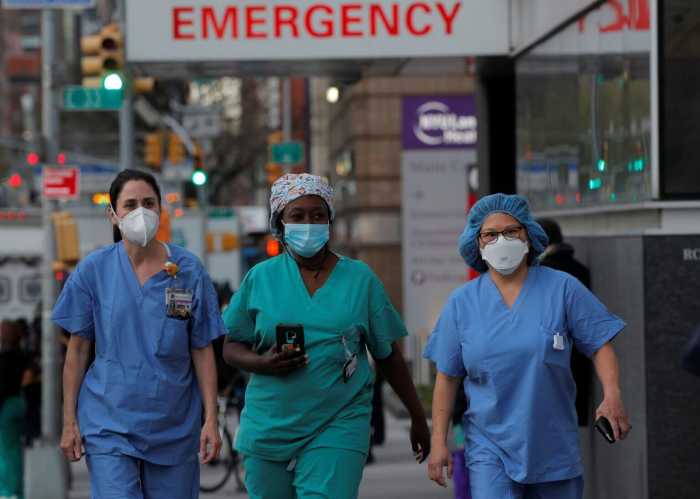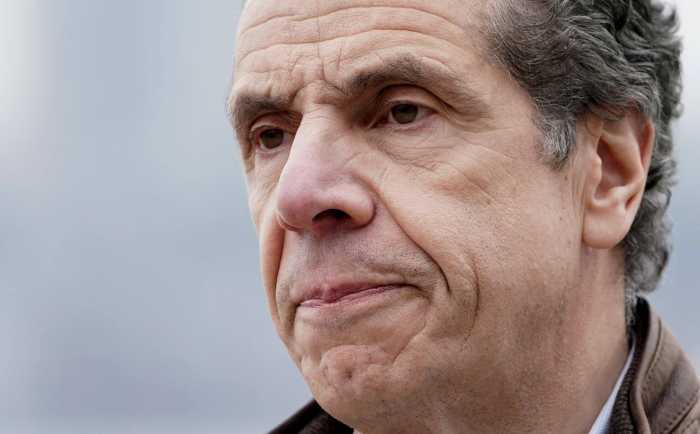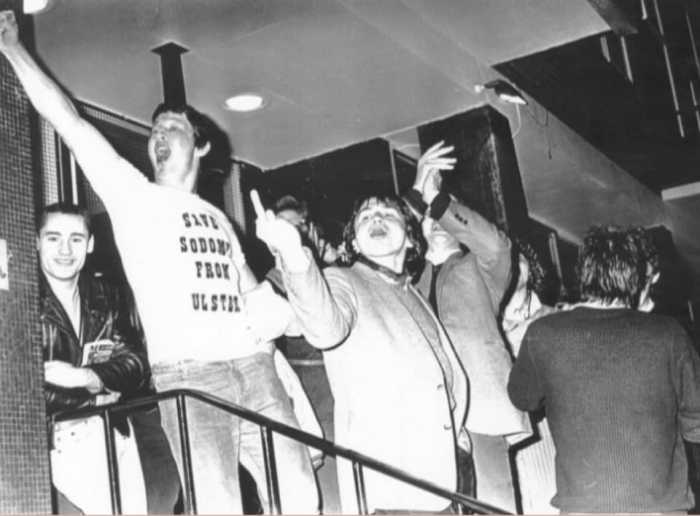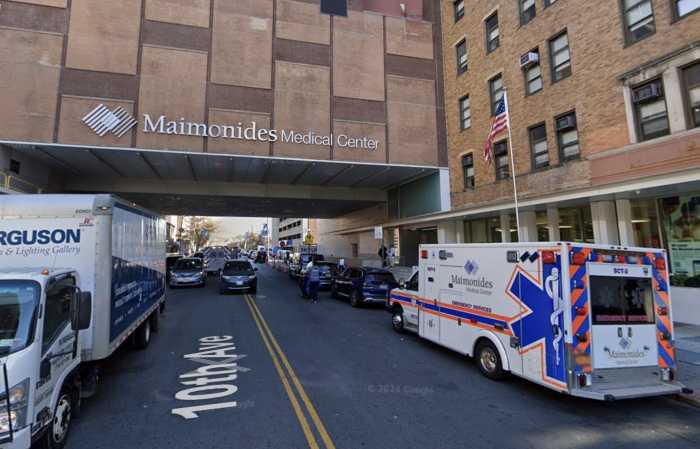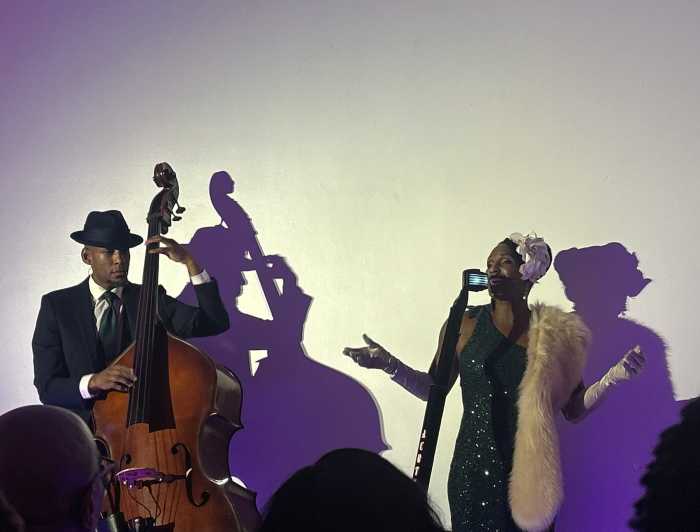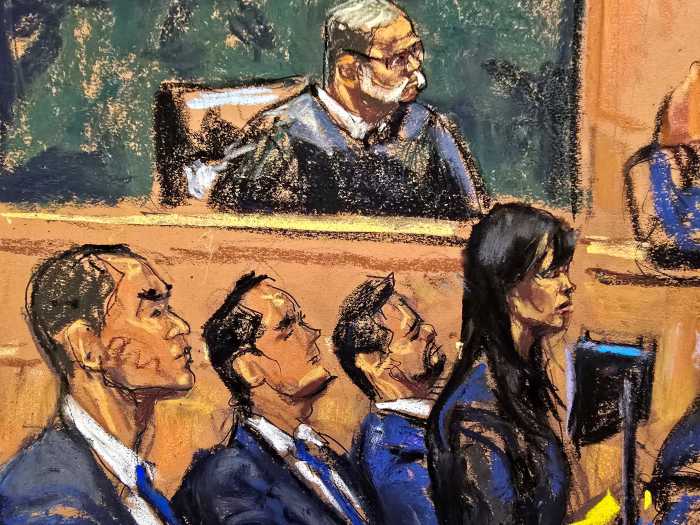It has become a ritual at hospitals across the nation: A recovered coronavirus patient exits the facility to a cheering send-off from hospital staff — a glimmer of hope in an era that has been dominated by themes of morbidity.
What happens when the cheering stops, however, doesn’t always follow the same course: Sometimes it represents the closing of a horrific chapter and a return to normalcy, but other times it means a transition from inpatient care to in-home care overseen by a crew of nurses who quietly make sure those individuals continue on the path to recovery. Nurses are also called on to care for COVID-19 patients who are still showing symptoms of illness but got sent home because of overcrowded hospitals.
Countless medical professionals, including queer nurses, have risked and lost their lives in the fight against the coronavirus. Out gay Mount Sinai RN Kious Kelly, for example, died of the coronavirus in March after weeks of working without sufficient personal protective equipment.
Other LGBTQ nurses are also playing a pivotal role in the fight against the coronavirus, including outside of the hospital environment. A handful of out gay nurses with the Visiting Nurse Service of New York (VNSNY) spoke to Gay City News detailing their own journeys visiting the homes of more than a half dozen patients a day during the coronavirus crisis, including patients who have the virus. The nurses, equipped with cultural competency training from Advocacy & Services for LGBT Elders (SAGE), help provide care for patients and communicate with doctors to coordinate medical game plans.
“We put together a plan of care specific to each patient,” said Mike Guglielmelli, an out gay registered nurse (RN) who is serving patients in Staten Island. “Every day we actually get more and more referrals for patients who are COVID-positive.”
It can often take days or weeks for the most updated coronavirus numbers to be reflected in statistical breakdowns because the virus, as rapid as it moves, can take some time to show up as well as to dissipate. And nurses are also seeing an uptick in their share of coronavirus patients because those who were admitted to hospitals in previous weeks are getting discharged.
“We had some patients on ventilators for two weeks and are finally getting better,” said Guglielmelli, who explained that the nurses are tasked with managing the patients’ symptoms to the best of their abilities.
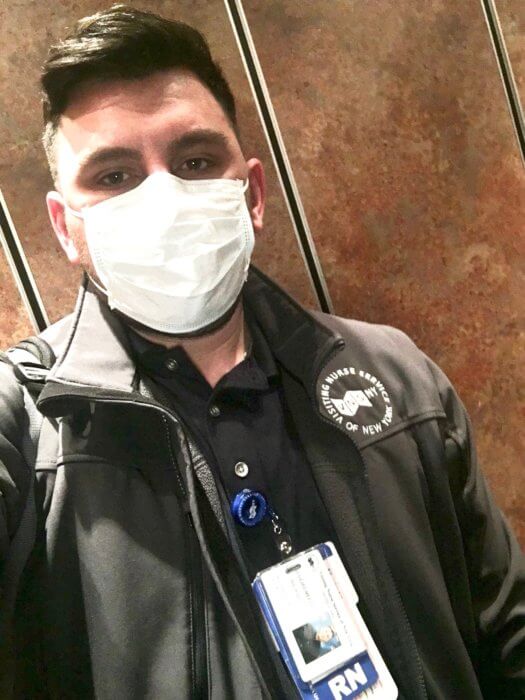
Diarrhea and shortness of breath are among symptoms the nurses have encountered. Some patients already had comorbidities like emphysema and therefore suffer from compromised lungs, requiring nurses to employ breathing techniques and specialized care.
“I have an 87-year-old patient who is still on oxygen,” said Cidric Trinidad, an out gay RN who visits patients in the embattled Queens neighborhoods of Elmhurst and East Elmhurst, Astoria, Woodside, and Jackson Heights. Trinidad said his patient is continuing to suffer shortness of breath, coughing, and other complications.
These nurses do not just care for the patients and clock out at the end of the day. They are responsible for working with their patients’ families, educating them on the patients’ unique needs, and doing what is necessary to ensure a seamless transition into independence.
An important part of the work, Guglielmelli said, is successfully navigating the homes of every patient and respecting their surroundings.
“We are in their homes and this is their environment,” Guglielmelli said. “So we have to adapt as humans and as clinicians to their needs and how they operate at home.”
Inclusivity is another factor in the nurses’ work, and while it is not always known whether a patient is a member of the LGBTQ community, many nurses make it a point to show solidarity by donning Rainbow pins and certainly respecting Rainbow Flags that are on display in patients’ homes. It is not lost on them that the LGBTQ community suffered unnecessary hardships during the height of the AIDS crisis when countless individuals were neglected in healthcare settings and ignored by government and public health leaders.
Some LGBTQ nurses who worked on the frontlines of the AIDS crisis and are now in the fight against coronavirus are seeing striking similarities between the two crises.
“Unfortunately what I see is many of the same social determinants of health that were not corrected after the HIV/ AIDS epidemic,” said VNSNY’s LGBTQ program director, Arthur Fitting, an RN whose job entails managing the organization’s approach to queer health issues and providing outreach to community partners such as SAGE, GRIOT Circle, and GMHC. Fitting cited inadequate healthcare coverage, an unprepared healthcare system, the lack of support systems for patients, and even issues impacting the medical professionals themselves, such as a shortage of personal protective equipment.
“I don’t have the words to describe it,” Fitting said “It’s been extremely difficult.”
Fitting also pointed to similarities in the government’s response during both crises. The Trump administration repeatedly downplayed the coronavirus crisis from the beginning and has mishandled the response entirely, while President Ronald Reagan — who combined a harmful abstinence-only approach to sex education with a detrimental war on drugs — did not mention AIDS publicly until 1985 (and then only in response to a reporter’s question) while HIV/ AIDS had already wreaked havoc on the community for four years.
Fitting described the parallels as “astounding,” saying that the slow reaction times in both eras resulted in “a tremendous negative impact.”
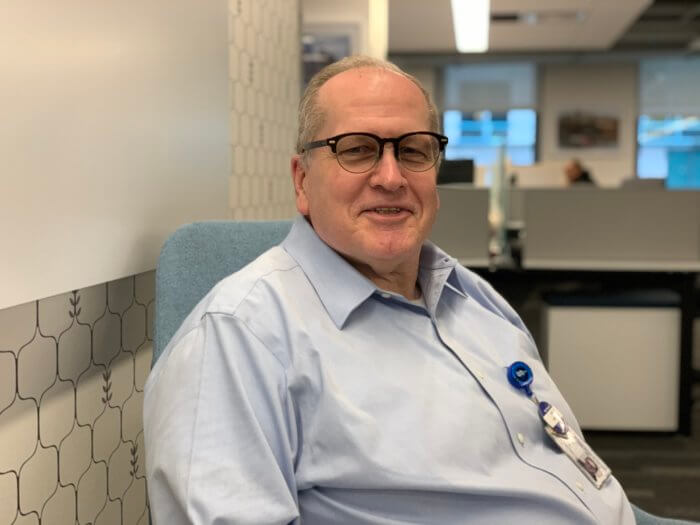
While the issues Fitting mentions are stubbornly persistent on a broader level, he said the team at VNSNY has worked to at least ensure their patients are not met with the same injustices. Not only are nurses trained in cultural competency, but VNSNY is partnering with groups from the queer community to help provide LGBTQ-specific bereavement services, and VNSNY offers its own palliative care and bereavement support.
“Not that I would ever say anybody was insensitive [in the past], but not having the cultural competency to listen, the education, and to really understand the difference in cultures makes a huge difference in holistic care,” Fitting said. “How we do that is very important for the LGBTQ community.”
The focus is always on the clients, but the crisis has impacted the lives of those who are fighting on the frontlines in stark fashion. Trinidad still cooks for his partner, who is a lawyer, but has slept in a separate apartment from him in order to prevent the possibility of spreading COVID-19. At times, he said, he has felt like he is the one who is sick.
Through the difficult times, however, he has reasons to keep his eyes set on the future.
“I’m getting married this year,” he said.
And yet, as excited as he was in mentioning that, Trinidad quickly voiced an important public service message to everyone — a reminder that could save lives and, ultimately, determine whether anybody gets married anytime soon in the way we generally think about wedding celebrations.
“We should be wearing masks every day, and still a lot of people don’t do that,” he said. “I hope and wish people would be wearing them because when you cough, or when you speak, droplets will go in the air.”
Trinidad concluded, “We need to be self-aware and protect each other.”
To sign up for the Gay City News email newsletter, visit gaycitynews.com/newsletter.


